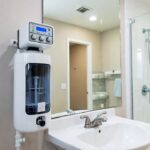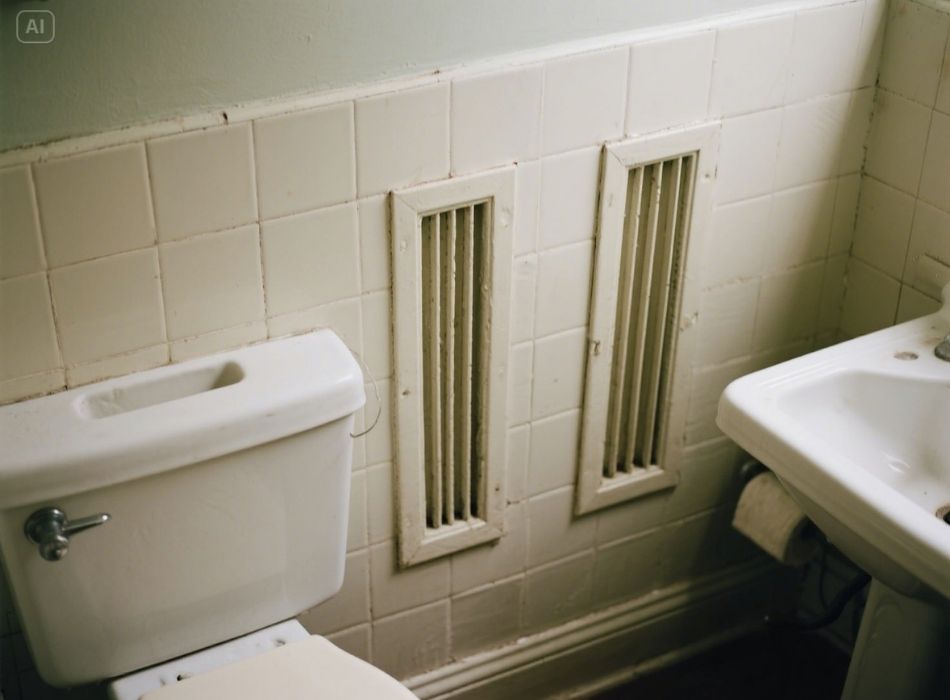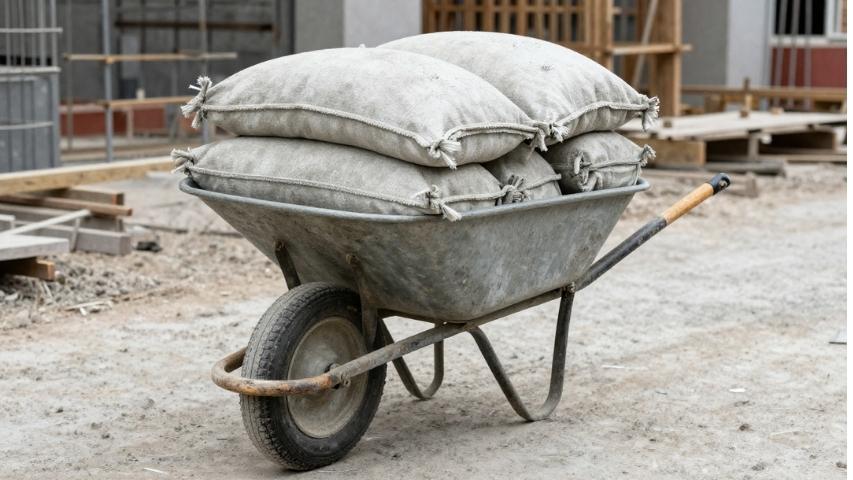You’ve probably noticed them before – those narrow, vertical vents in the walls of older bathrooms. They’re often tucked away unobtrusively, but they serve an important purpose. Have you ever wondered what they are for, why they were included, and whether they’re still relevant in modern homes?
This post dives into the history, functionality, and relevance of vertical vents in old bathrooms. By the end, you’ll not only understand their purpose but also gain insights into how they compare to modern ventilation systems.
Exploring the Large Vent Styles in Historic Bathrooms

Vertical vents in historic homes were designed with practicality and structural efficiency in mind. Typically constructed as narrow slits or grates integrated into walls, these vents allowed for the passive circulation of air throughout the bathroom. This was especially crucial in older homes that lacked the advanced mechanical ventilation systems we now take for granted. The materials used in these vents, often cast iron or wood, were chosen for both durability and aesthetics, ensuring they blended seamlessly with the architectural styles of the era.
These vents were not solely utilitarian; they reflected the design trends of their time. Decorative grilles or ornate patterns were common features, adding an element of charm to an otherwise functional feature. By channeling humid air out of the bathroom and into adjacent spaces or out of the building entirely, these vents played an essential role in preventing moisture buildup, which could lead to mold and structural damage. Understanding these vents provides a glimpse into the ingenuity of past architecture and how ventilation challenges were addressed with the technology and materials available at the time.
The Purpose of Vertical Vents
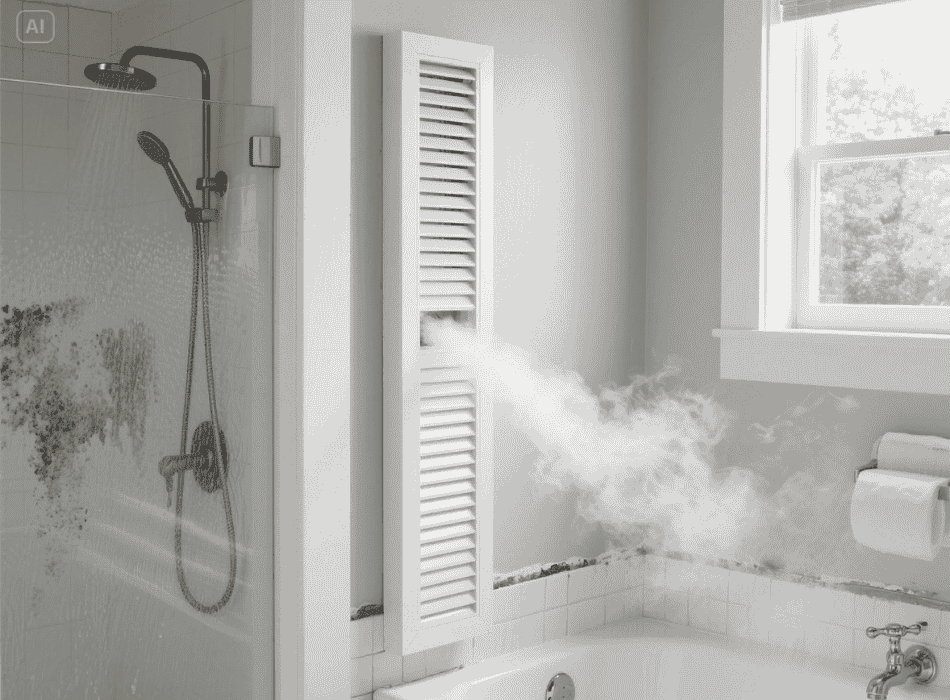
Controlling Moisture
Bathrooms are high-moisture environments. From showers to baths, the steam generated needs an efficient way to escape. Vertical vents were designed to direct this hot, humid air out of the bathroom and prevent it from lingering. Without proper ventilation, excess moisture could lead to mold growth, peeling paint, and long-term structural damage.
Circulating Air
Beyond tackling humidity, these vents improved overall airflow within the bathroom. Poor air circulation often leads to unpleasant odors and stagnant air, making the space feel less clean over time. Vertical vents helped draw fresh air in while removing stale air.
Preventing Mildew and Mold
Before air conditioning and modern mechanical ventilation systems became commonplace, vertical vents were critical for maintaining indoor air quality. By creating a consistent flow of air, these vents helped minimize mildew and mold growth, safeguarding residents’ health and preserving building materials.
Why Were Vertical Vents Necessary in Old Homes?

Construction Practices and Materials
Older homes were often built with thicker, denser walls made of materials like brick and plaster. These walls lacked the insulation and vapor barriers we see in newer constructions, which made external ventilators essential for preventing moisture buildup. Vertical vents ensured that humid air didn’t seep into the walls and cause damage from the inside out.
Lack of Mechanical Ventilation
Modern bathrooms often rely on exhaust fans to swiftly remove damp air. However, many historic homes lacked access to electric-powered ventilation devices. Vertical vents, typically connected to a chimney-like flue, offered a passive solution to this problem. They worked without electricity, relying purely on natural air circulation and thermal dynamics to draw moist air outward.
Are Vertical Vents Still Relevant Today?
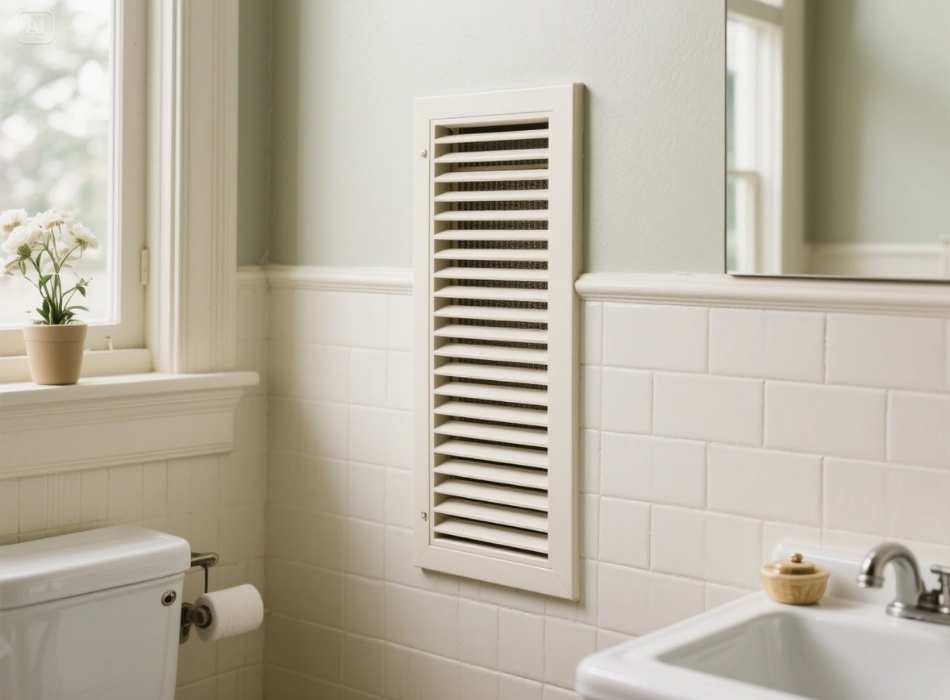
Some older properties still have vertical bathroom vents, but they’re becoming less common for several reasons:
Improved HVAC Systems
Today’s homes often incorporate central HVAC systems or advanced venting solutions. These systems regulate temperature, air quality, and moisture simultaneously, rendering traditional vertical vents less necessary. Exhaust fans, which can be turned on as needed, are now the go-to solution for bathroom ventilation.
Energy Efficiency Concerns
While traditional vertical vents were practical in their time, they weren’t energy-efficient. Because they could not close off airflow, they often allowed warm air to escape in winter and cold air to seep in during summer. Modern systems with energy-efficient seals and controlled air circulation provide more effective alternatives.
Structural Challenges in Upgrades
If you’re living in an older home with vertical vents, upgrading them may pose challenges. These vents are often part of a home’s structural design and can’t always be easily removed or modernized. They might also fail to meet the ventilation standards required by today’s building codes.
Maintenance Tips for Existing Vertical Vents
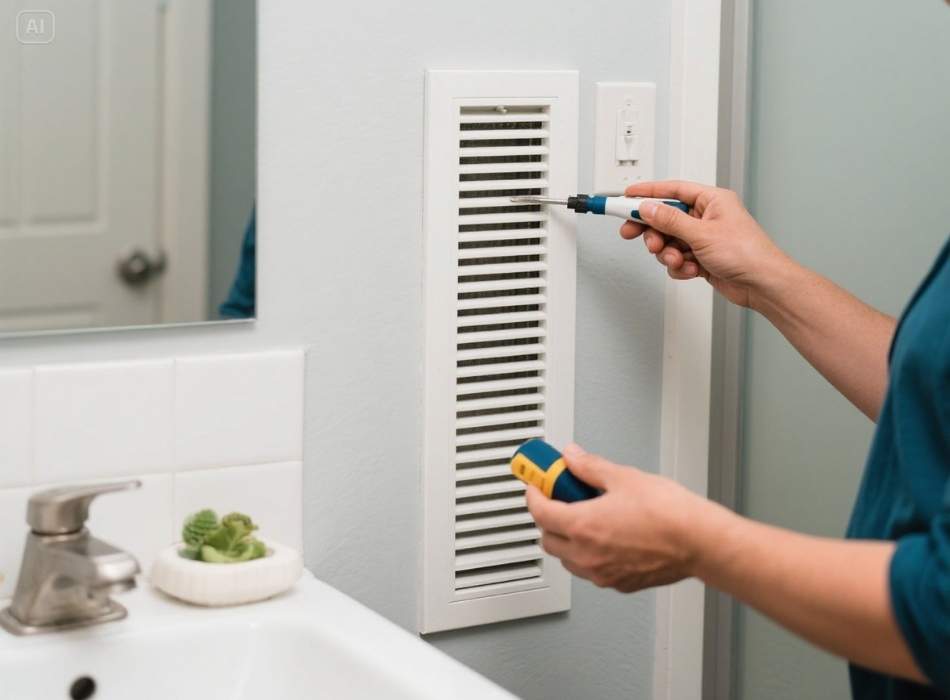
If your home still has vertical vents in the bathroom, here are some maintenance tips to keep them functional and effective:
Regular Cleaning
Dust, dirt, and debris can accumulate over time and block airflow. To ensure optimal performance, clean the vents periodically using a vacuum or a long-handled duster.
Inspect for Damages
Check for cracks, rust, or gaps that may have developed over the years. Damaged vents can allow pests or cold drafts into your home.
Consider Supplemental Ventilation
While vertical vents serve a purpose, adding an exhaust fan to your bathroom will provide extra help in removing moisture and maintaining better air quality.
What Modern Ventilation Can Teach Us
Modern ventilation solutions have come a long way since the days of simple vertical vents. Whether it’s energy-efficient exhaust fans, dehumidifiers, or smart, interconnected HVAC systems, current options prioritize comfort, hygiene, and sustainability.
That said, vertical vents remind us of the ingenuity of older building solutions. They leveraged natural airflow and simple thermal principles to maintain healthy living environments before modern technology became available.
Making the Most of Your Bathroom Ventilation
Ultimately, whether you’re in an older home with vertical vents or a modern property with sophisticated systems, proper bathroom ventilation is crucial. It prevents moisture-related damage, enhances air quality, and ensures that your bathroom remains a functional, pleasant space.
If you’re dealing with stubborn moisture problems, consulting a professional contractor can help you assess whether to maintain, restore, or upgrade your bathroom’s ventilation system.

